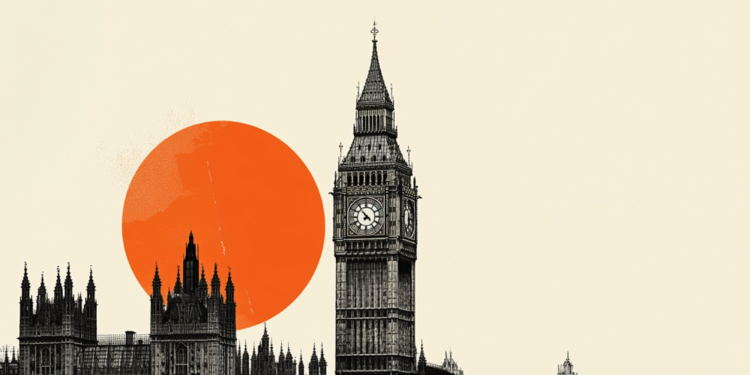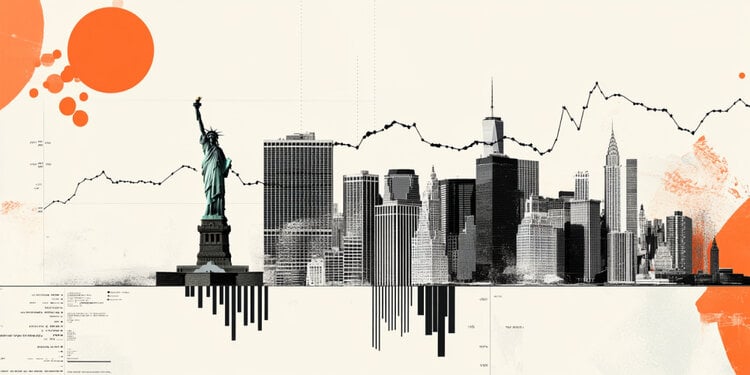Home prices rose by double-digit percentages in most major US cities earlier this year.
Of the 185 metro areas studied, 70% saw double-digit growth in average home prices during the first quarter of 2022 compared to a year earlier, according to a report by the National Association of Realtors (NAR). ).
The number of cities with double-digit increases dropped from 94% in the second quarter of last year to 78% in the third quarter and to a revised 66% at the end of last year.
But prices in early 2022 rose again in many places. The median price of a single-family home in the US was $368,200 in the first quarter, up 15.7% from a year earlier, according to the report.
“Prices across the country have skyrocketed for nearly two years, including the first quarter of 2022,” said Lawrence Yun, chief economist at NAR. “Given the extremely low supply, we are unlikely to see price drops, but the appreciation is expected to decelerate in the coming months.”
Yun said the slower pace of appreciation will be driven by an increase in the supply of homes for sale and less competition among buyers, as rising mortgage rates push some would-be homeowners out of the market.
“I expect further downturn in demand for housing as mortgage rates weigh more on affordability,” he added. “There are no indications that rates will decrease anytime soon.”
Where home prices have gone up the most
The biggest year-over-year price gains in the first quarter were in medium and small cities, with half of them in Florida.
Punta Gorda, Fla., had the biggest price appreciation in the first quarter, up 34.4%. It was followed by Ocala, Florida; Ogden, Utah; Lakeland and Winter Haven, Florida; Decatur, Alabama; Tampa and St. Petersburg, Florida; Fort Collins, Colorado; Bradenton and Sarasota, Florida; Myrtle Beach, South Carolina; and Salt Lake City, Utah.
“Traditionally, homes in these markets were seen as relatively cheap, but with recent migration trends, prices have increased significantly,” Yun said.
“Price gains in many smaller tertiary cities are now outpacing those in the more expensive primary and secondary markets. This is due to buyers looking for cheaper housing and also a result of more opportunities to work from home, making it possible to relocate to smaller markets.”
Half of the ten most expensive cities in the country are in California. San Jose, California had the highest home prices in the country, with the median home price at $1,875,000, up 25% from the previous year. It was followed by San Francisco; Anaheim, California; Honolulu; San Diego; Boulder, Colorado; Los Angeles; Seattle; Naples, Florida; and Denver, Colorado.
Accessibility has taken a hit
As supply dropped to record lows in the first part of this year and home prices continued to rise, buyers rushed to close deals before mortgage rates soared.
Earlier this year, the interest rate on a 30-year fixed-rate mortgage averaged 3.11%, according to Freddie Mac. At the end of March, it was 4.67%. It has since risen above 5% and is expected to continue to rise further this year.
With higher home prices and higher mortgage rates, access to home ownership took a turn for the worse in the first quarter.
The monthly mortgage payment for a typical single-family home with a 20% down payment has risen to $1,383, which is an increase of $319, or 30%, from a year ago, according to NAR.
Payments are also taking a larger share of household income, with households typically spending 18.7% of their income on mortgage payments, compared with 14.2% a year ago.
“The decline in affordability is always the most problematic for first-time homebuyers who don’t have a home to leverage, and it remains a challenge for potential moderate-income homebuyers,” Yun added.
In the NAR analysis, a mortgage is considered unfeasible if the monthly payment, including principal and interest, is greater than 25% of household income. The home’s national median price of $368,200 was unaffordable for the typical first-time buyer.
The affordability hit means that first-time homebuyers spent a greater share of their income on a home payment than other homebuyers.
The typical starting home had an average price of $313,000 in the first quarter, NAR said. First-time buyers typically spend 28.4% of their household income on mortgage payments, which is above the affordability threshold.
The income to qualify to buy a mid-price home with a 30-year fixed-rate mortgage and a 20% down payment in the US at the beginning of the year was $66,365. But depending on the average price in various areas, the qualifying price may be lower or significantly higher.
In Youngstown, Ohio, for example, a buyer of a mid-priced home needed to earn $24,050 a year to qualify for a mortgage. Meanwhile, in San Jose, a homebuyer would need to earn $341,107 a year to qualify for a mortgage to buy a mid-priced home.
Source: CNN Brasil
I am Sophia william, author of World Stock Market. I have a degree in journalism from the University of Missouri and I have worked as a reporter for several news websites. I have a passion for writing and informing people about the latest news and events happening in the world. I strive to be accurate and unbiased in my reporting, and I hope to provide readers with valuable information that they can use to make informed decisions.







